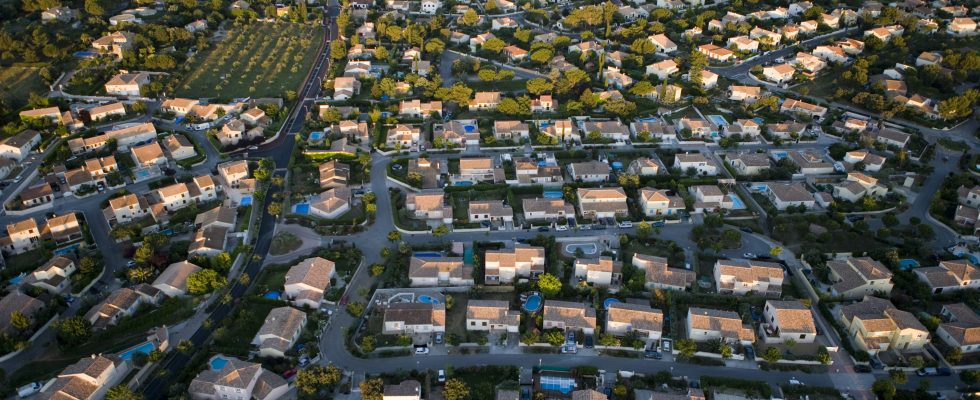Since 2020, INSEE has been proposing a zoning of the national territory which, on the basis of population density, allows it to distinguish two types of spaces: urban municipalities and rural municipalities. This too simple dichotomy is symptomatic of the systematic forgetting of peri-urban territories in our ways of thinking, a forgetting with cruel consequences for them: not only a chronic under-investment in terms of planning, but also laws blind to diversity territorial contexts, beyond the city-countryside binomial.
Investment in infrastructure and the environmental transition of metropolises masks major under-investment in peri-urban areas, even though the return on investment there would be much higher than in dense urban areas. For example, the creation of a bus line on its own lane to connect two hubs in these territories has a very low cost and a significant impact in terms of reducing both transport time for residents and carbon emissions. The mobility of peri-urban areas, which concentrate more than a third of the 67 million French people, is strategic for the environmental transition of our country, most daily journeys being made there by private car.
Territories with colossal potential
In terms of legislation, these territories are just as forgotten, even sacrificed. The climate and resilience law, which introduces the objective of Zero Net Artificialisation (ZAN) of soils by 2050, is a striking example of this. Let us first recall that France is one of the least densely populated countries in Europe and that artificialization therefore essentially raises the question of soil quality and not of its quantity. This law introduces an accounting instrument which determines a binary classification: artificial land or non-artificial land, without taking into account the use that one wishes to make of it. It therefore does not take into account the reality of the challenges of the peri-urban area, which sometimes needs to consume space to equip itself, modernize, polarize and finally become denser.
In reality, the compact city has been erected for far too long as the only model of good ecological development and living well together. However, most city center elected officials are already doing everything to try to limit their densification. Suburban and suburban France is, for its part, accused of anti-ecologicalism, while the ZAN risks preventing any investment there. The forgetting of these territories therefore has its sources in a problem of representation of our geography and its specificities but also and above all in a problem of governance. While the metropolises benefit from strong governance and well-established operators, the peri-urban territories suffer from municipal fragmentation and the absence of political interest. There is an urgent need to put land use planning back on the right scales, that of the region and that of the department in particular.
Peri-urban territories are those of more than a third of French people, sometimes by the constraint of real estate prices in central cities, but most often by choice. A choice motivated by the search for a better quality of life, thanks to the proximity of nature but also of the city, allowing a better control of its rhythm of life and its social interactions, also thanks to the gain of space. In these territories, there is a colossal potential not only for quality of life but also for contributing to ecological transition and economic dynamism. Innovative policies in terms of public and health facilities, access to local services and digital services will create an unprecedented peri-urban life, as an alternative to the dominant urban model.
Let’s give these territories back the power to decide, develop and invest!
* Nordine Hachemi, CEO of Kaufman & Broad Group
* Jean-Marc Offner, President of the Urban School of Sciences Po
